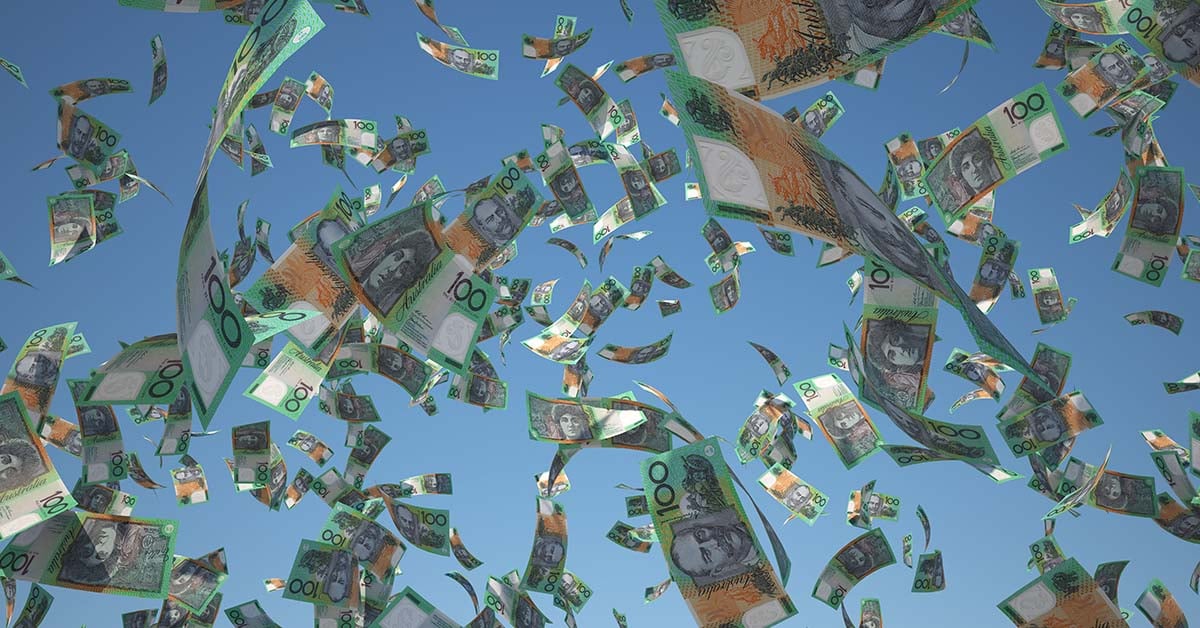Please fill out the details below to receive information on Blue Wealth Events
"*" indicates required fields

The hit Korean series on Netflix has reached No. 1 in 90 countries. It’s clear that something in the series has captured the zeitgeist, with its recurrent themes of rising levels of economic inequality, the slow death of the middle-class, and the desperation of the protagonist’s situation, where no matter what he does, he feels unable to get ahead. All while it’s being watched for the entertainment of the elite who seem to be able to do what they want with impunity.
The global popularity of Squid Game gives us an additional layer of perspective on what we can already see in the data. It appears there are a lot of people who feel disenfranchised and know that they’re somehow getting screwed over by the system, they just don’t know how it’s happening. Even people employed in decent jobs can’t afford to buy a house and prices for everything seem to be rising faster than their wages. They look at their pension funds and know that it won’t be enough to provide for them in retirement. This is all happening in wealthy, industrialised Western economies in the Americas, Europe, and parts of East Asia. Much of the Occupy Wall Street movement was centered around the same themes of economic despair.
In fact, if you price anything that rich people want to buy, such as shares, bonds, and property in the hours you need to work to own them, it will be clear that they are slipping further and further out of reach. And since the wealthy own most of these types of assets, the wealth divide between the haves and the have nots grows wider over time.
In Australia, the richest 1% hold 22.5% of the wealth in the country. The top 20% (whose average net worth is around $3.25m) is around 90 times higher than the poorest 20% (whose average net worth is $36,000). The lowest 10% held $8,000 in average net worth and the bottom 5% had average net debts of $5,000. This was only exacerbated during the pandemic with Australian billionaires doubling their net worth since the pandemic began, while many ordinary people lost their jobs. The same pattern is happening all over the industrialised economies of the world.
What’s their secret?
The answer lies in the actions of the central banks around the world. In around 1987, the central banks decided that economies aren’t allowed to go into recession anymore and every time there has been a financial crisis, massive levels of monetary stimulus are pumped into the system, adding debt, and inflating another asset class to lift the GDP. This is all well and good, but it has prevented the healthy Darwinian process of creative destruction required to reset the economy and start anew from a strong base.
A look around the asset markets gives us a clue. We’re in the middle of a pandemic, yet the stock market is at all-time highs, property prices have spiked considerably and are now at all-time highs and bond yields have gone negative. Which begs the question – Have stocks, bonds and property increased in value or have they just increased in price?
The effect of the monetary stimulus is the devaluation of the purchasing power of the dollar. Simply put, if you pour money into an economy without increasing the number of goods being produced, the price of those goods increases as people use more dollars to bid them up. Their intrinsic value remains the same. Or if we look at it in reverse, the relative value of each dollar has declined. Between 1966 and 2020 the Australian dollar has lost 97% of its purchasing power. That is to say that one dollar today can only buy 3% of the things that one dollar could buy in 1966. This is inflation and it is usually expressed as the CPI or consumer price index. The target range for CPI is 2% to 3%.
The trick is in the way CPI is calculated. It includes rent but not property prices or stock prices. In fact, it doesn’t include any asset prices at all. In effect, the use of CPI to measure inflation and set monetary policy assumes that people don’t want to become wealthy.
If we included property prices into CPI this year, we would see that inflation is up at around 15%. When we look at the rate of increase in money supply, unsurprisingly it’s also 15%. The result is, if you don’t own the things that rich people own such as property and shares, you’re effectively 15% poorer. Inflation is a subtle tax that robs the asset-poor to pay the asset-rich. And the massive amount of stimulus is resulting in one of the greatest transfers of wealth in history.
This situation isn’t new, and the same pattern plays out repeatedly throughout history. If we can count on one thing in life, it’s for central banks to print money – the wealthy know that owning a hard asset like property is one of the best ways to protect yourself during these times.
